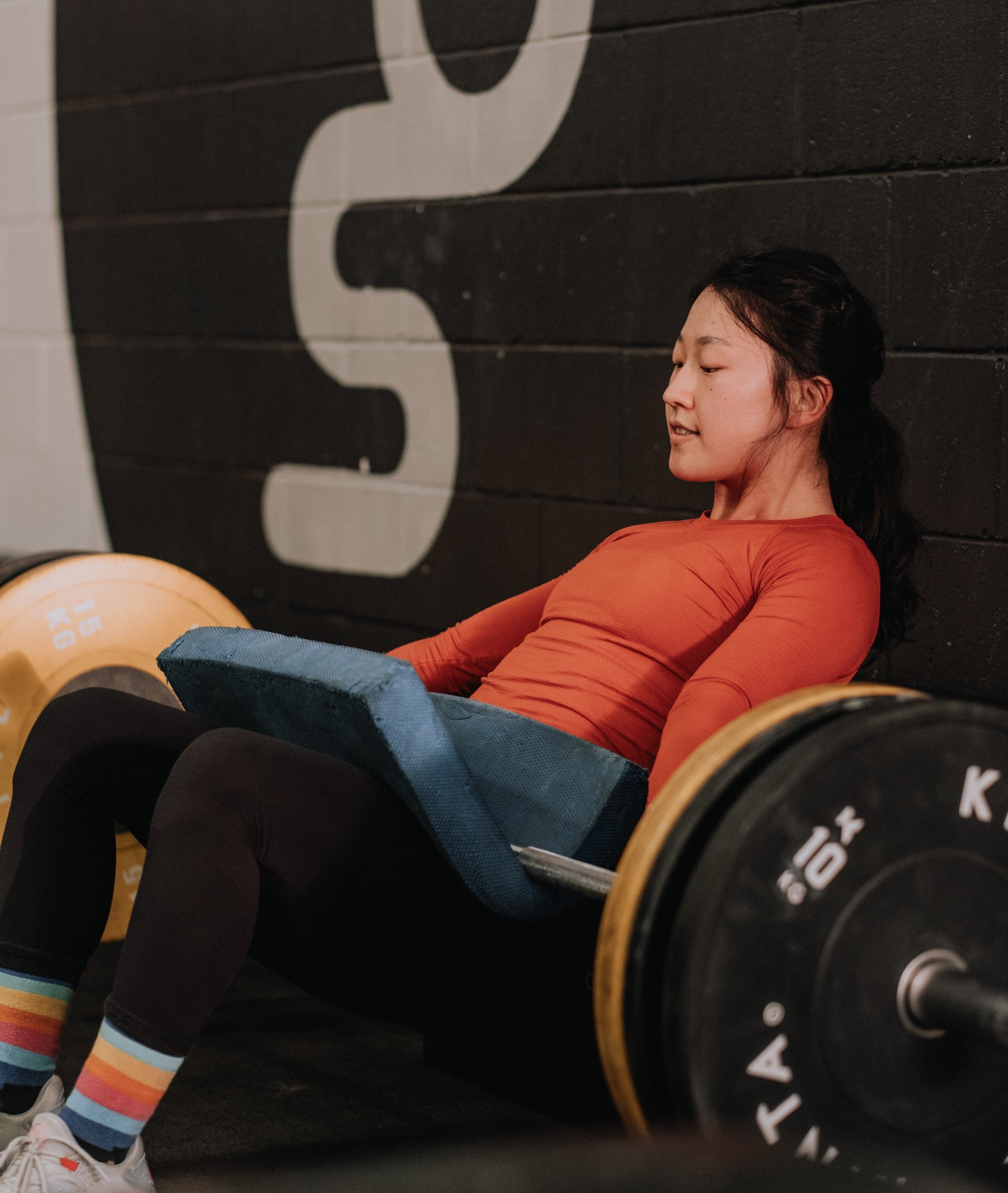The Science Behind Soreness
“Getting back into it”
We can guarantee that all of you, at some point in your life, have experienced the excruciating post-exercise pain, or delayed onset muscle soreness (DOMS) as it's commonly known. Sitting down on the toilet or walking up and down stairs now becomes a battle of attrition, which takes about five times longer than normal. Maybe your colleagues are looking at you funnily because you're walking like a cowboy or cannot lift your arms over your head.
So why do we actually get sore?
Well, it's not as simple as we think, but there are up to 7 hypothesised theories that have now been proposed for the physiological mechanism of DOMS, namely: metabolite build up, muscle spasm, connective tissue damage, muscle damage, inflammation, nerve compression and the enzyme efflux theories. However, an integration of two or more theories is likely to explain muscle soreness. If you want to take a deeper dive into the complicated nature of it all, here is some light reading to get you started.
Most prominently, micro-tears occur in our muscles when we train, so we create muscle damage which triggers inflammatory responses. This is not a bad thing per se, provided we recover from it, as this is how we adapt and get stronger. So essentially, damage is needed for growth.
In terms of how that relates to our training, it will usually be one of, or a combination of, the following:
Large ranges of motion - greater number of muscle fibres used and damaged.
Eccentric contractions - the lengthening part of the contraction, usually the 'down' phase on most movements, which lengthens the muscle fascicles.
High metabolic stress - build up of hydrogen ions and metabolites (the burning feeling when you do those higher rep/longer sets).
High volume - again, more damage created via either more sets or reps or load.
Novelty of exercise - new stuff you haven't done for a while, accessing different ranges of motion you're not used to and stressing muscles in a way they're not used to.
Generally speaking, you don't usually feel the onset of muscle soreness until 12-24 hours after your workout, but can last upwards of 72 hours to 7 days! Once you have it, there isn't really anything you can do to completely alleviate it (unless you have access to a time machine). However, there are a few things backed in the literature that can help to a certain degree.
Research from Tufano et al (2012) demonstrated that exercise is the most effective means of alleviating pain during DOMS, however the analgesic effect is also temporary. Light-moderate intensity, low-impact aerobic exercise including walking, cycling, swimming and yoga was effective.
Similarly massage has shown varying results, mostly positive (depending on time of application and technique used). This also applies to foam rolling, there is some evidence to suggest that both modalities can improve circulation and lymphatic flow which may positively impact soreness (Han et al, 2014).
A 2011 review of twelve studies found that muscle stretching does not produce clinically important reductions in DOMS in healthy adults. Furthermore, cryotherapy, homeopathy, ultrasound and electrical current modalities have demonstrated no effect on the alleviation of muscle soreness or other related symptoms.
Ensuring you are hydrated can help ensure the body delivers nutrients to the muscles and can decrease inflammation. This is followed by minimising stress and making sure you’re getting enough sleep, as the body does vital repair work when sleeping which will help your body recover (Gallucci, 2012)
Remember, soreness should not always be seen as an indicator of an effective workout - if you're ALWAYS sore, your programming is likely too sporadic, you're constantly having large spikes of volume and always doing something new/random. This will only get you so far in terms of strength progression, as some repetition and progressive overload is required to consistently make gains.
Furthermore, soreness may affect the subsequent training days and actually hinder your progress in the long run. There is research that shows DOMS can affect your performance by causing a reduction in joint range of motion and peak force output. Plus, let's face it, you're less likely to even turn up to train when you're still sore!
However, like all things in life, there is a balance required. If you're NEVER sore, maybe you are never pushing the limit or trying anything new (most programs tend to work in 4-6 week blocks).
With all of this in mind, here are some of our recommendations.
You don't HAVE to start with the big barbell lifts and you certainly don't need a high load or intensity on week 1.
January is a good time for a lot of us to introduce some lower load movements, think dumbbells, unilateral exercises, skill and movement variability challenges, then progressively build the load. Moreover, you could look at your training split and create a program where less affected body parts can be trained on subsequent days and ensure you're not smashing the same movements/muscles every day.
All these factors have been taken into consideration upon writing our first 4-week strength block for the year, of course!

